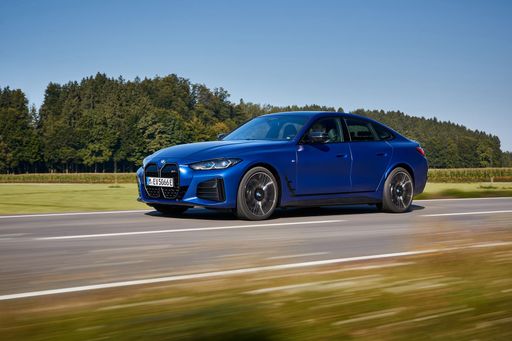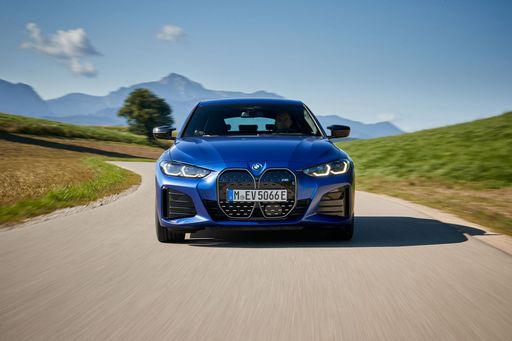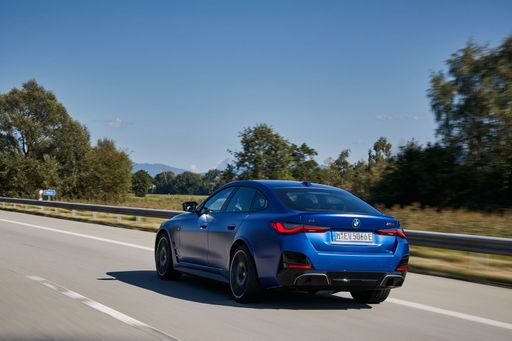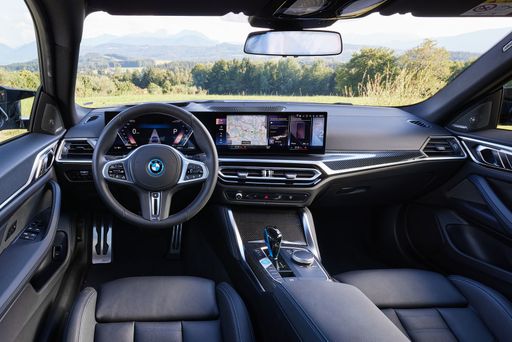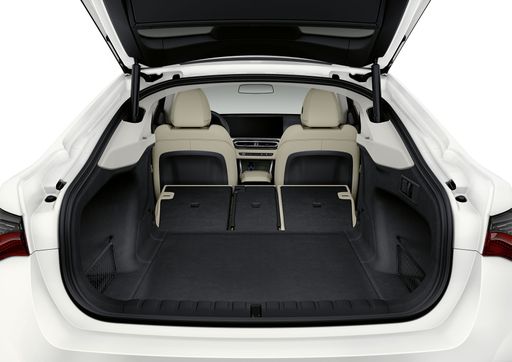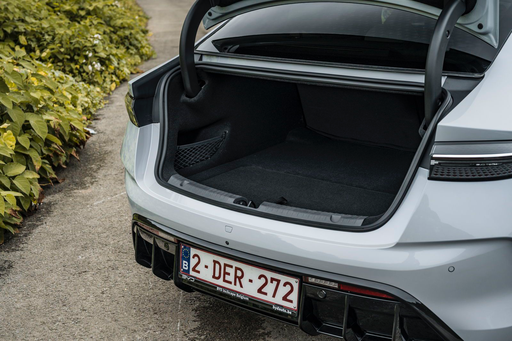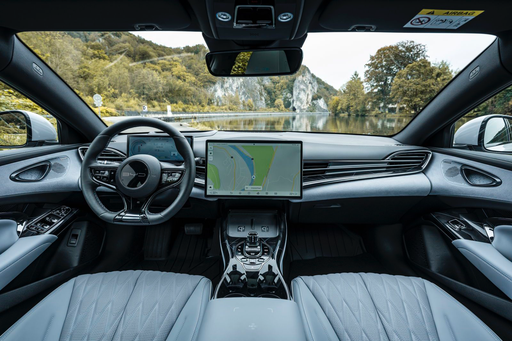Introduction: A Clash of Electric Titans
The electric vehicle (EV) market is evolving rapidly, with brands pushing the boundaries of technology and design. Among the latest contenders are the BMW i4 and BYD Seal, two remarkable electric cars that offer thrilling performance, advanced features, and impressive ranges. This article delves into a head-to-head comparison of these two vehicles, highlighting their technical specifications and innovations to help car enthusiasts and potential buyers make an informed choice.

